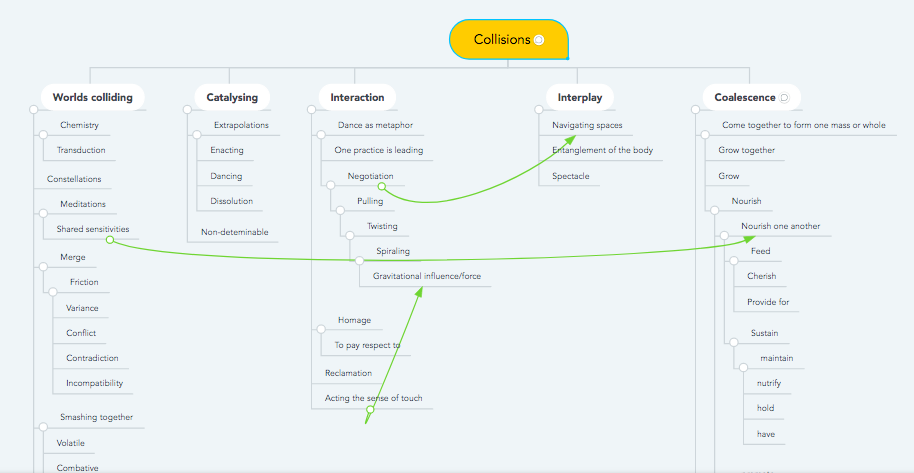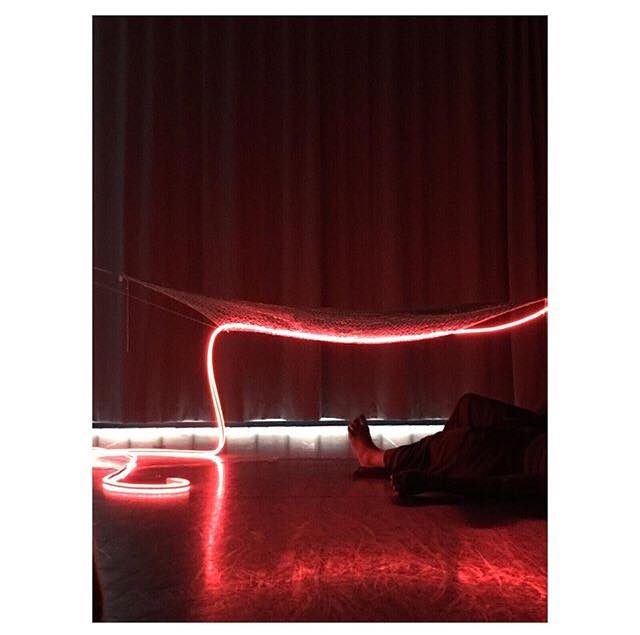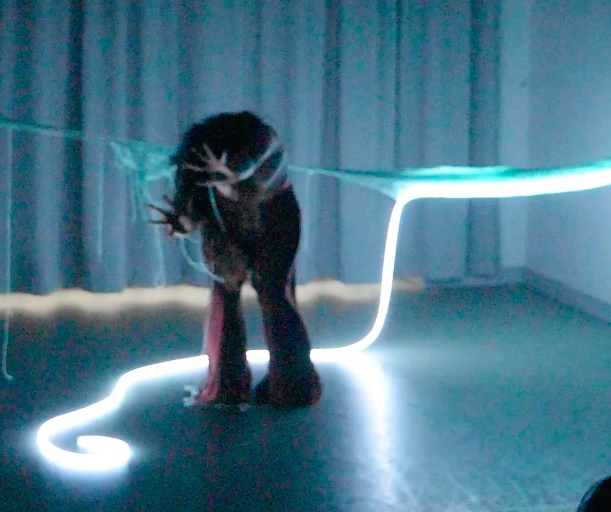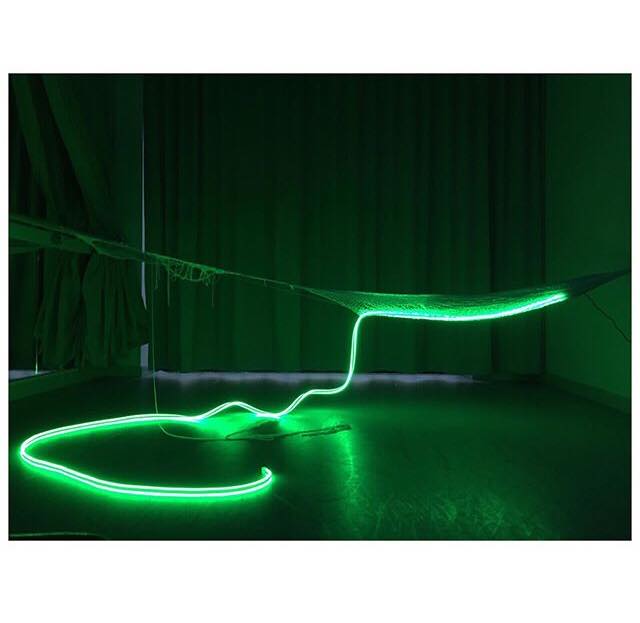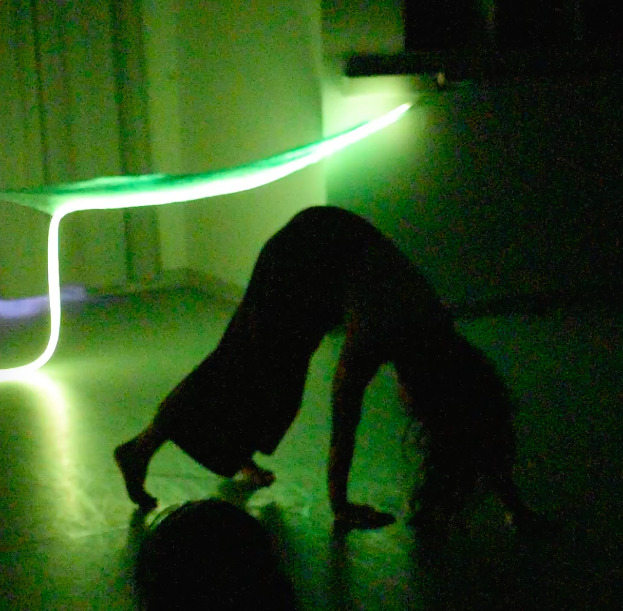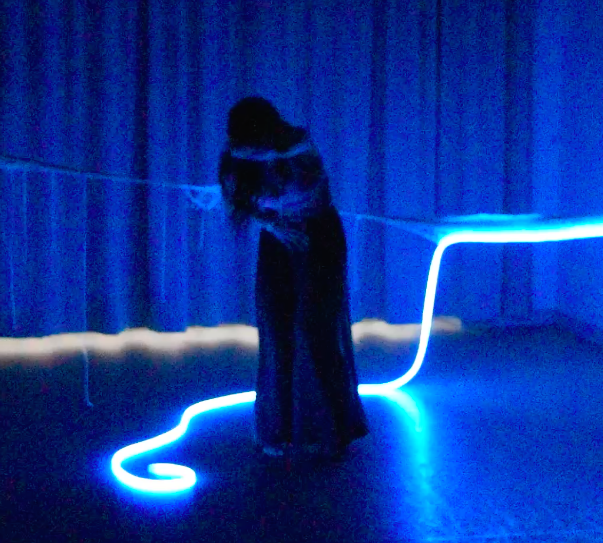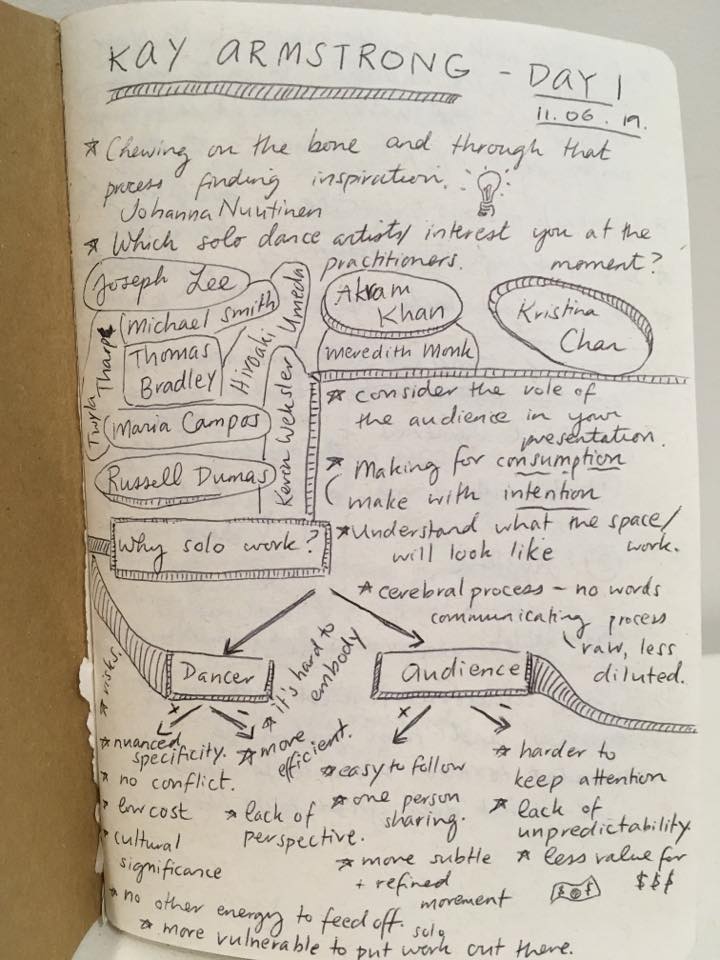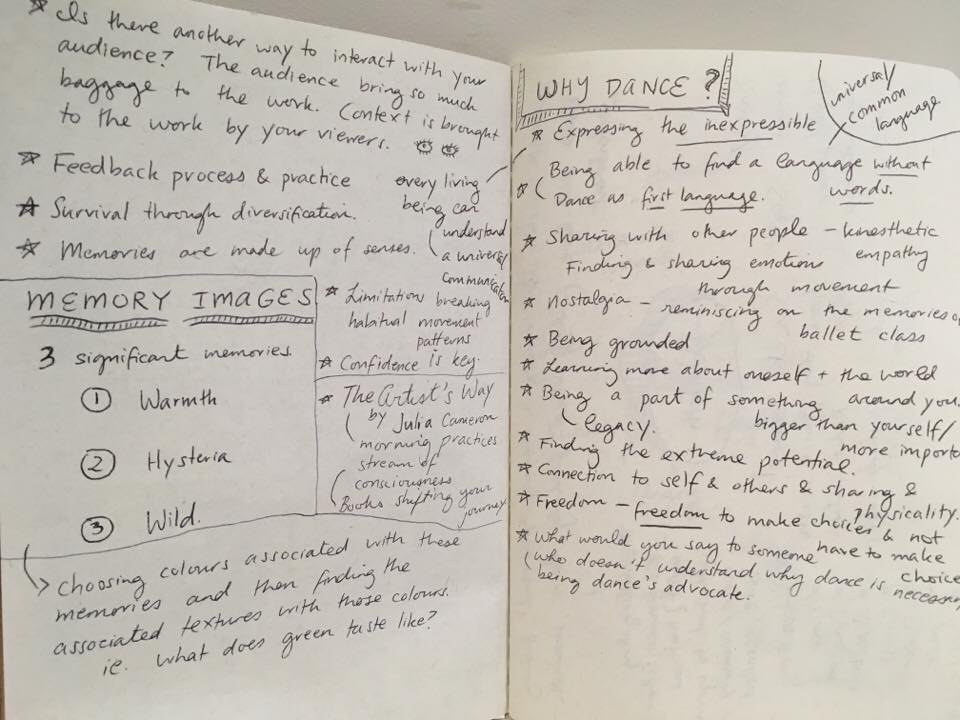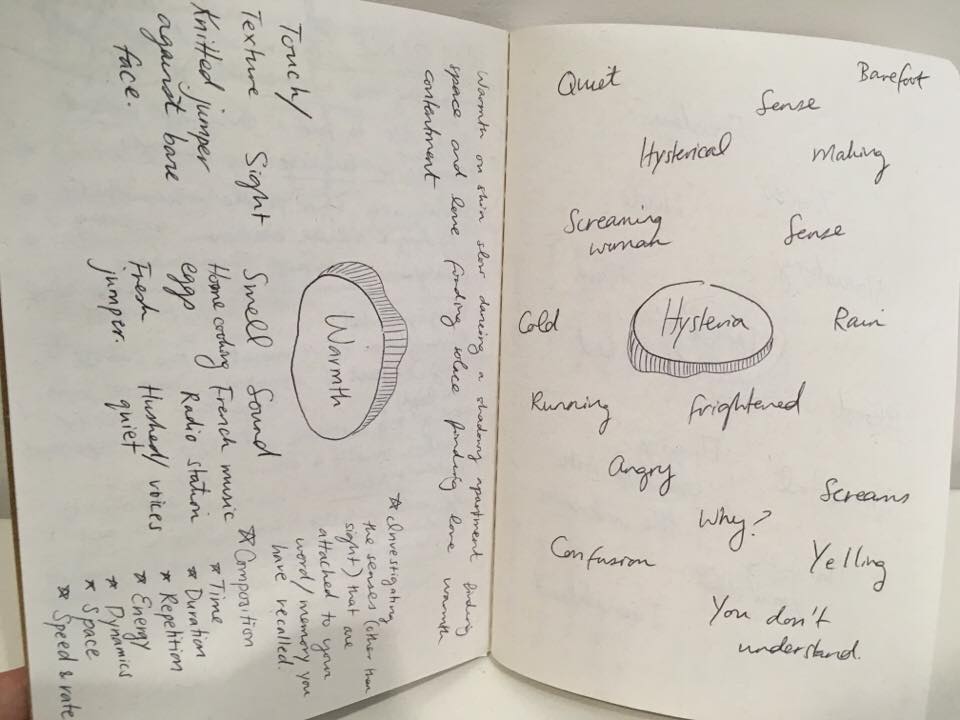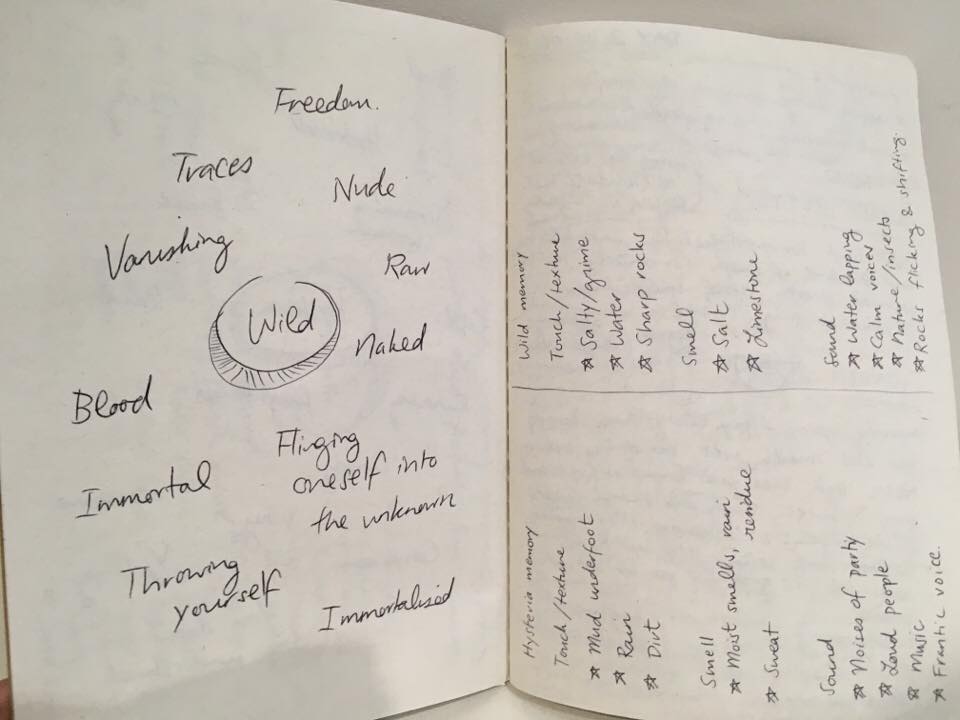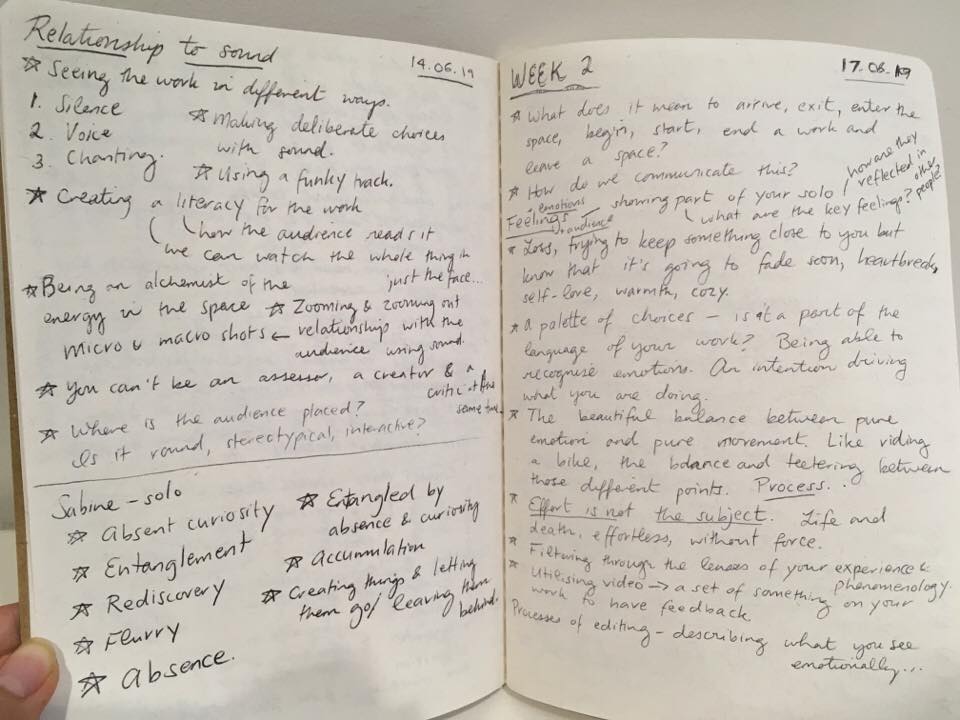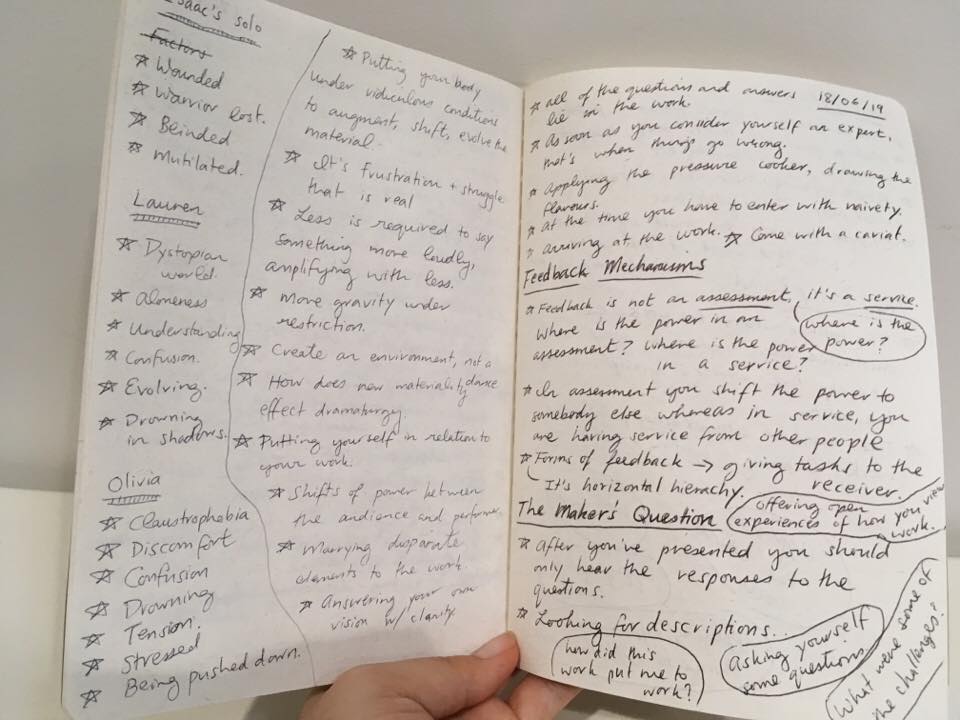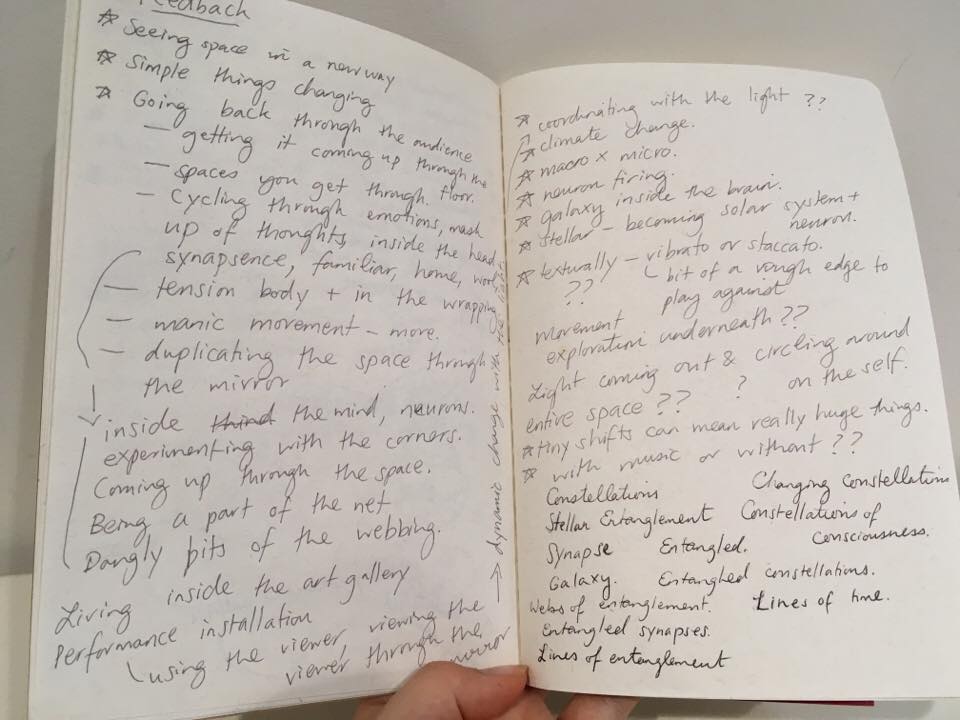The choreographic development of Yokai explored fear, lightness and the passing on of cultural imagination and storytelling, using the ephemeral and mysterious Japanese Yokai ghost as its departure point. Yokai is a weird or mysterious creature, a monster or fantastic being, spirit or a sprite. But it’s much more complex that that - it also emerges from the idea of physical presence or knowing something is there - a sense. Yokai begin where language ends.
What fascinated me about the folklore surrounding these kinds of ephemeral beasts is that they have shape-shifted throughout history and, in each era Japan has passed through, these ‘ghosts’ have shifted and changed slightly in Japan’s collective cultural imagination. They’re diverse and abundant, constantly being reborn in this way. It reveals surprising connections between other cultures and even though yokais are one example, I would say that there’s globally so many contemporary dreaming stories of these kinds of presences and that our own consciousness manifests them.
In contemporary culture how do we transmit these folktales or stories? What are these contemporary beasts/fears? How do they manifest? How do we articulate what seems ungraspable? Mysterious sounds, something watching you in the darkness. The word ‘folk’ originally related to any group of people that share at least one common factor, such as shared language. In Japan, supernatural and/or inexplicable occurrences have filtered into the cultural imagination.
The choreographic development was supported by in-kind space with March Dance Festival and Critical Path. Thank you to dance artists Opal Russell and Olivia Hadley who collaborated on this choreographic development. Videography, documentation and video direction by Feras Shaheen.

